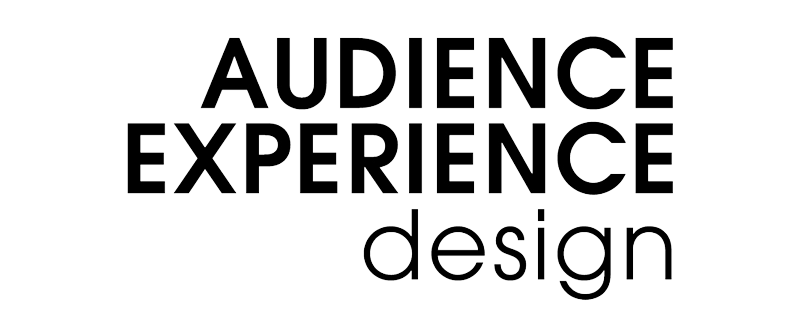
The interview allows you to gain deep insights about your audience far beyond their demographic data. This is a time to get to know your audience as people, what inspires them and what frustrates them, directly from the source.
When to use!
When getting to know your audience
Details
- Materials – phone, audio recorder (try Otter.ai), paper, pen/pencil, timer
- Energy level – High
- Team members – 1-2 (one interviewer and one note-taker)
- Participants – 5 (or more, if you have time)
- Expected output – insights about audience
Step-by-step guide
-
Identify a small group of people to interview, either from your current audience or others who best represent the type(s) of audience members you are seeking to engage (we generally recommend starting with at least 5).
-
Make a list of 5-10 interview questions; the questions should be open-ended that seek to uncover psychographic insights – what they do, why they do it, and how it makes them feel – and focus on past and present behaviors and attitudes, as hypothetical answers are unreliable. Avoid yes/no and leading questions.
-
Conduct the interviews with your participants. Bring a recording device, for audio and perhaps video, and request their permission to record.
-
Review the transcripts and jot down insights you learned from each interviewee. Focus on what they explicitly stated or things you are inferring. Note your assumptions so that you know which insights to take with a grain of salt.
-
Next steps could be to group the insights from all interviews into themes and name the groups, making sure the group names are specific and descriptive.

